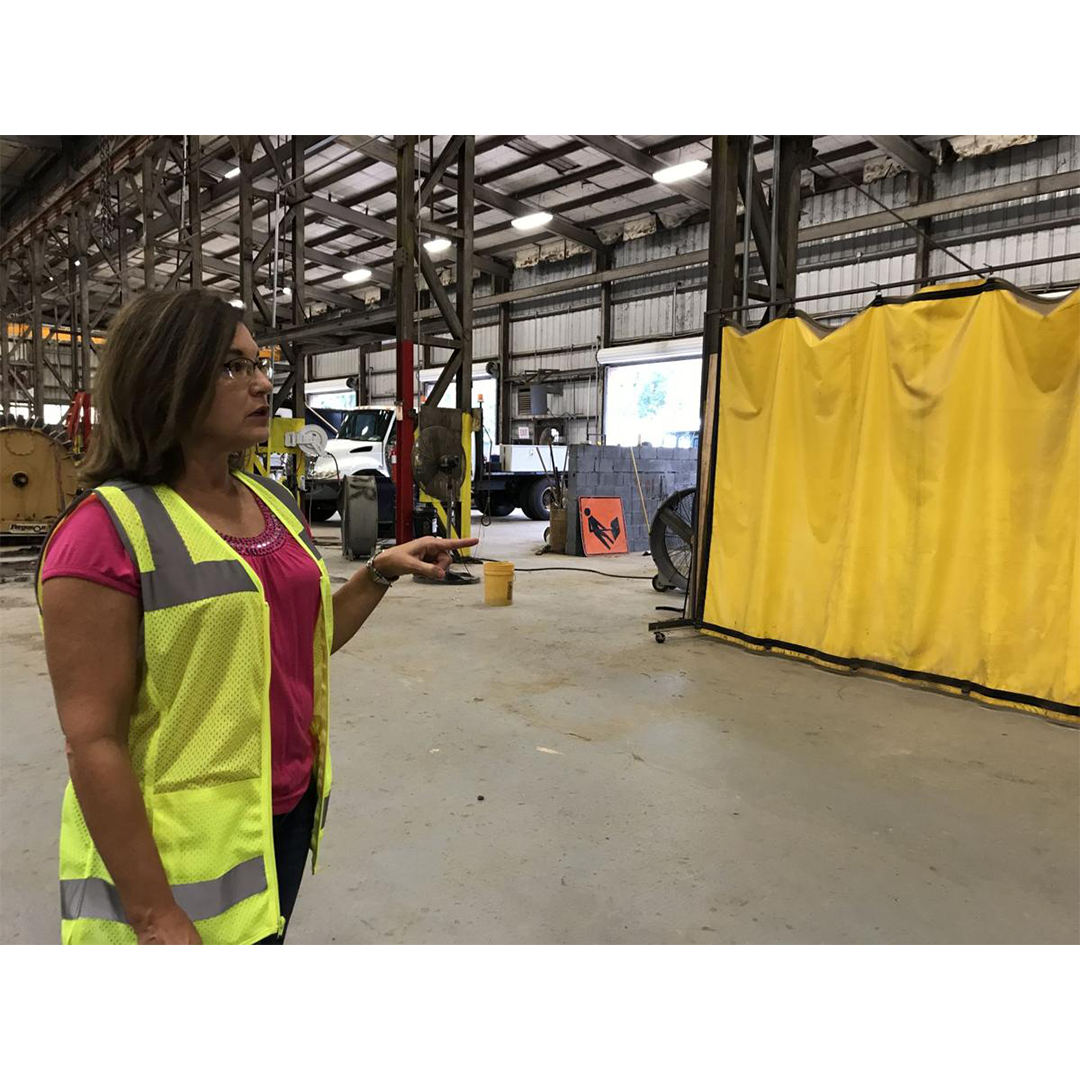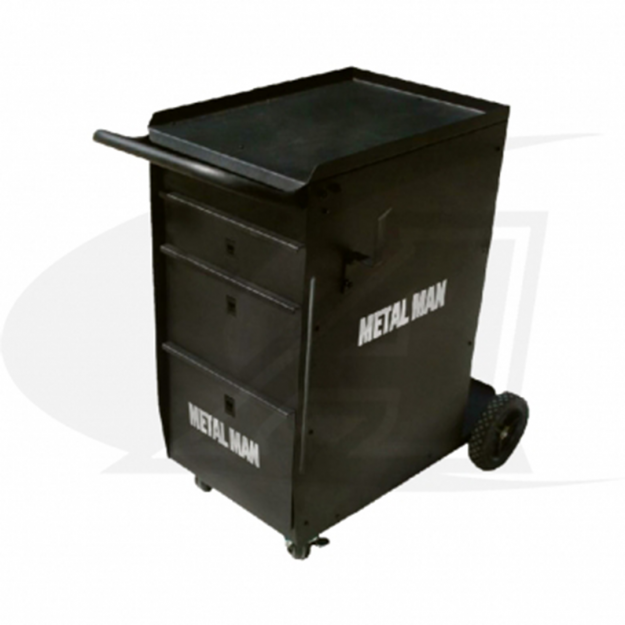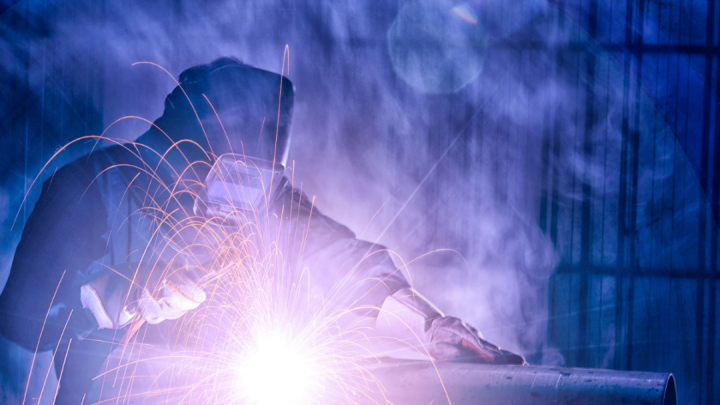Welding can be one of the most fun and exhilarating experiences to encounter. The sparks are flying, metal is melting and creativity is flowing, but if you’re not paying close attention, those sparks can turn into flames and metal won’t be the only thing that’s melting.
In recent news articles, stories of explosions due to welding operations have surfaced and it came to our attention that, while most people practice safety precautions at work or home, there are still a lot of people who ignore the warning signs and continue putting themselves, as well as their surroundings, in harm’s way.
One of the worst fires in Overland Park, KS occurred after [3] “a welder working at the site accidentally ignited wooden building materials at a large building under construction.” Fire experts believe the 10 MPH winds blew the sparks and budding fire to neighboring homes and construction sites which ignited other brittle structures. The fire spread nearly seven blocks before it was contained by local firefighters.
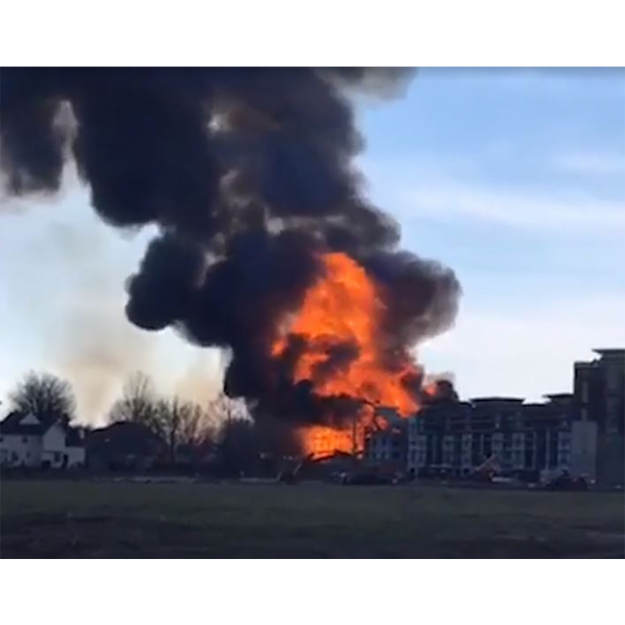
It’s hard to determine who was at fault for Overland Park’s eight-alarm fire. Was it a careless welder? Did the wind play the biggest role in transporting sparks across a neighborhood? We can’t be too sure, but what we do know is that even in controlled environments, like industrial areas, there are still accidents waiting to happen.
Over the years, the Sharjah Industrial Areas in the United Arab Emirates have seen hundreds of fires occur due to a multitude of job site accidents; however, many of them were caused by welding. According to police and fire experts [1], “In 2016, the total number of fire accidents was 307, of which 41 were in industrial facilities.” Industrial areas, especially in the Sharjah sector, store numerous chemicals, gases and hazardous materials. These materials can easily catch fire or become too hot and explode when exposed to prolonged periods of heat.
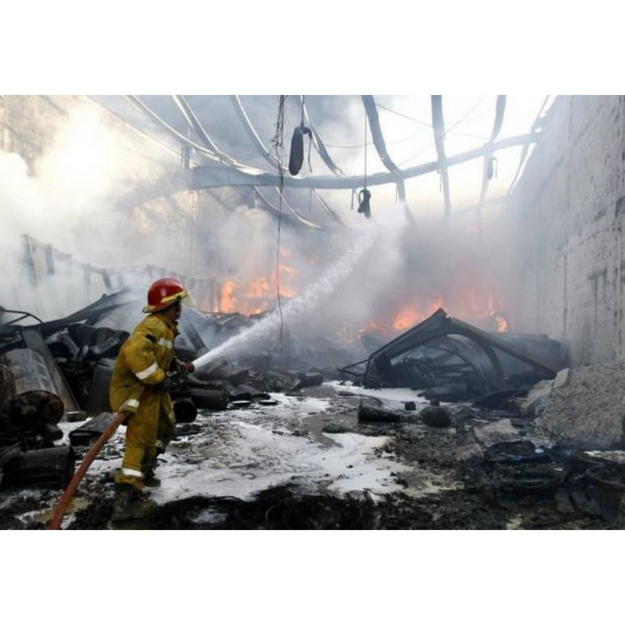
Some employers do not understand the dangers that unregulated welding facilities pose to, not only their employees but the surrounding areas. These explosions have the power to destroy entire buildings, as well as injure or fatally harm people in the area.
Three men were killed and seven others injured when a 30-foot tank exploded while two men welded above it. Unfortunately, this wasn’t the first time an explosion occurred at the very same company. [2] “In July 2008, three workers welding on a catwalk above a massive storage tank died in an explosion at the company’s cardboard mill. Investigators from the Chemical Safety Board concluded the storage tank contained flammable hydrogen gas.”
In some cases, it’s not the sparks or the tanks of gas but the gear the welders are wearing (or not wearing, in some cases).
During a welding class at a Calusa County high school, one student’s clothing caught fire after a spark fell into his shirt. One student recalls, [4] “It was pajama day and somehow a spark got into his shirt and all of a sudden, he flamed all the way up. He started running through the hallways. Then, one of the teachers had stopped him and tackled him to the ground and started patting him down.” The student suffered severe burns to almost 75 percent of his body.

This incident brings up a lot of questions. Why wasn’t the student wearing proper welding gear in class? Who taught him to run rather than stop, drop and roll when on fire?
And while we’re on the topic of what happened during this incident, it brings up questions regarding the other incidents of fires and explosions. Who stores tanks full of gas directly in the vicinity of welding sparks? Why weren’t there welding screens placed around and below the welders working above flammable materials?
There are plenty of welding precautions to ensure safety or at least reduce the potential for workplace accidents, injuries or death. Luckily, there are a few good companies and organizations that are working to prevent future accidents.
In Houston, TX, the county’s safety officer, Kelly Crowell, has made a conscious effort to visit every operating business in order to see their practices and procedures. If anything is out of order, doesn’t comply with safety regulations or is just a bit out of date, Crowell will note it and show them a better way to do it. One of her latest upgrades is requiring all welding plants to have safety screens at every station regardless of if they’re inoperable or not. Because of Crowell’s efforts, [5] “workers’ compensation cases dropped and employees received a 1 percent cost-of-living-adjustment from the safety savings.”
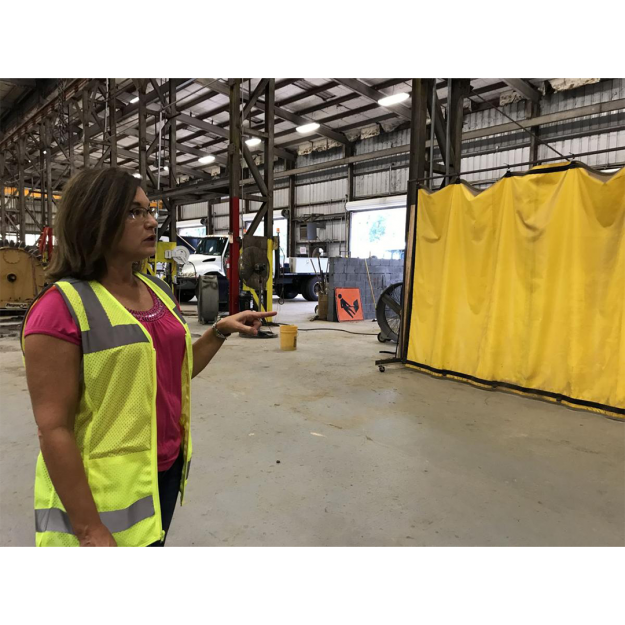
While Crowell’s efforts have helped local safety, in India, the Society for Failure Analysis (SFA), organizes national seminars in order to create and discuss a better failure analysis procedure for the advances in welding technology. The SFA develops failsafe procedures for the aero-engine industry and [5] “provides platforms to academicians and researchers to continue the research in advanced technology for manufacturing.” These advances may be directed to aero-engineering mostly, but it’s good to know that there are constant developments in providing people with the right tools and procedures to continue doing what they love in a safe environment.
Whether you work for a large trades corporation or you weld in the comfort of your own home, taking safety precautions is a must. Here are a few of our favorite safe welding practices:
Welding Apparel
Safety starts with you. Be sure to equip yourself with proper PPE (personal protective equipment), which includes helmets, gloves, and jackets, to bibs, ear plugs, and respirators.
Welding Screens
Not only does this protect from sparks going absolutely everywhere in the shop, it protects innocent bystanders from arc-flash. Now your friends, family, and co-workers can watch you while you weld!
Welding Cabinet
Keeping your shop clean and organized is a must! Sparks can ignite fires on literally anything. Store your tools, apparel, etc. in a cabinet. It’s important to also consider a fire-proof cabinet to house argon bottles.
Be sure to check out these welding safety tips from other top vendors and famous fabricators:
- Grainger’s Welding Accidents Waiting to Happen and Safety Precautions to Take
- Miller’s 12 Tips for Improving Welding Safety
- Lincoln’s 5 Potential Welding Safety Hazards to Avoid
- Welding Tips and Tricks’ Top 10 Welding Safety Mistakes that Might Just Kill You
References
[1] Abdullah, A. (2017). Electric Glitch Main Cause of Blaze in Industrial Areas. [Khaleej Times Online Article]. Retrieved on 09/25/2017 from https://www.khaleejtimes.com/nation/sharjah/electric-glitch-main-cause-of-blaze-in-industrial-areas
[2] Gollan, J. (2017). They Died on the Job, but OSHA’s Website Hid their Names. [Reveal News Online Article]. Retrieved on 09/25/2017 from https://www.revealnews.org/blog/they-died-on-the-job-but-oshas-website-hid-their-names/
[3] Rizzo, T., Bergen, K. & Porter, T. (2017). Combination of Factors Created BIggest Fire in Overland Park History. [Kansas City News Online Article]. Retrieved on 09/25/2017 from http://www.kansascity.com/news/local/article139995498.html
[4] Jenkins, M. (2016). Teen Catches Fire While Welding at School in Arbuckle. [Saramento News Online Article]. Retrieved on 09/25/2017 from http://sacramento.cbslocal.com/2016/12/14/arbuckle-welding-pierce-high-school-shriners/
[5] Wise, J. (2017). Selling Safety: Crowell Saves County Employees Aches, Money. [Dothan Eagle Online Article]. Retrieved on 09/25/2017 from http://www.dothaneagle.com/news/local/selling-safety-crowell-saves-county-employees-aches-money/article_c820116c-8f49-11e7-8fa5-3762aecc481c.html
